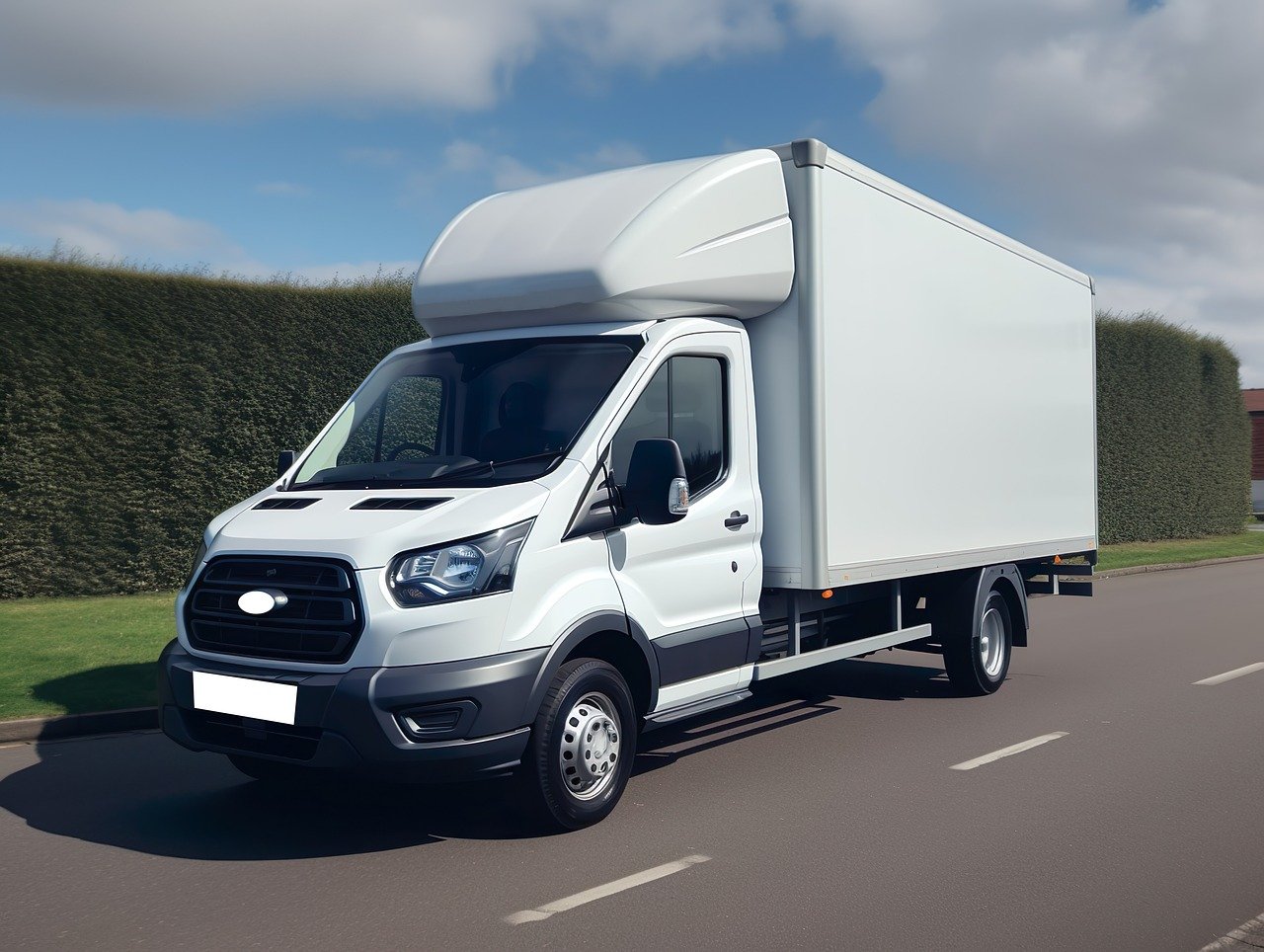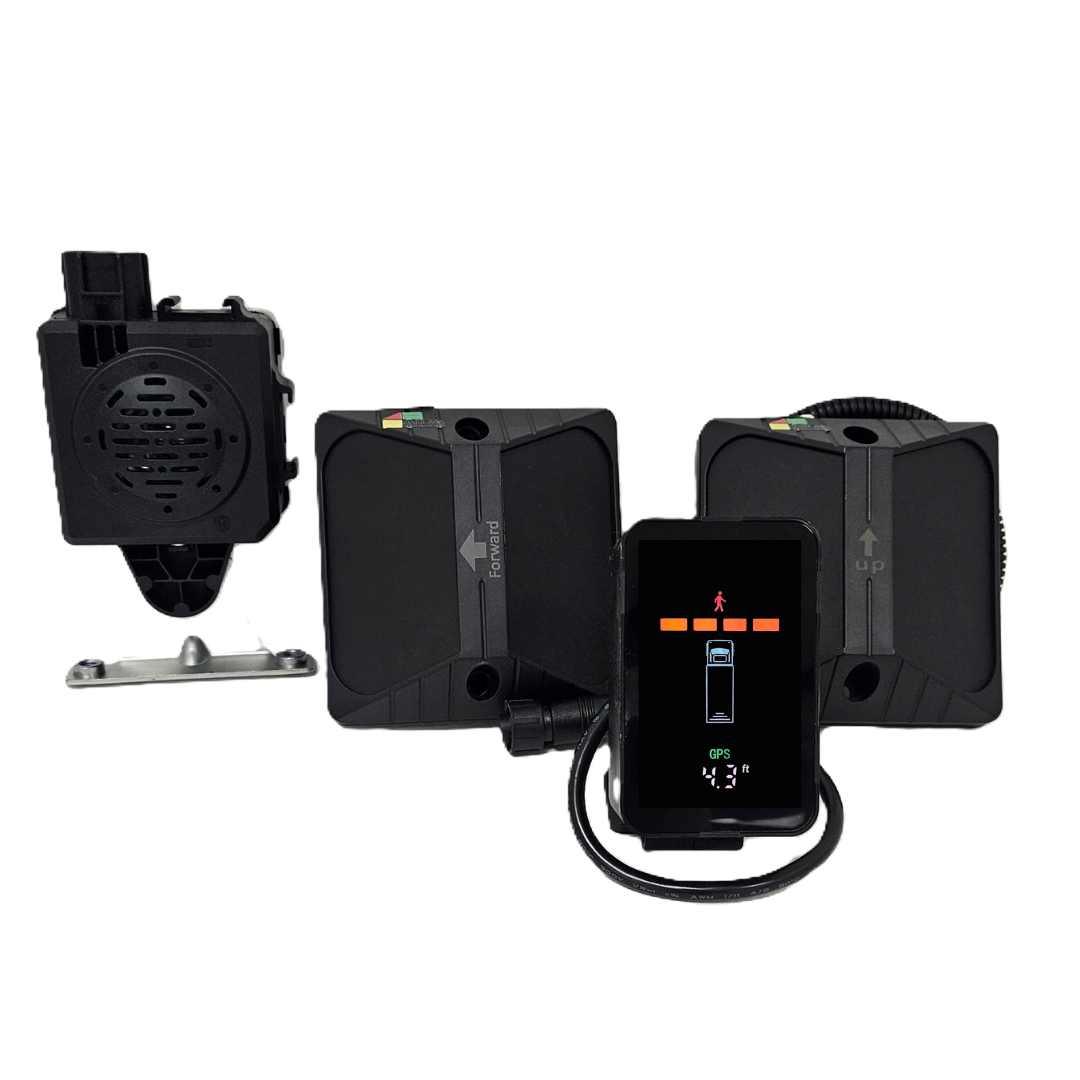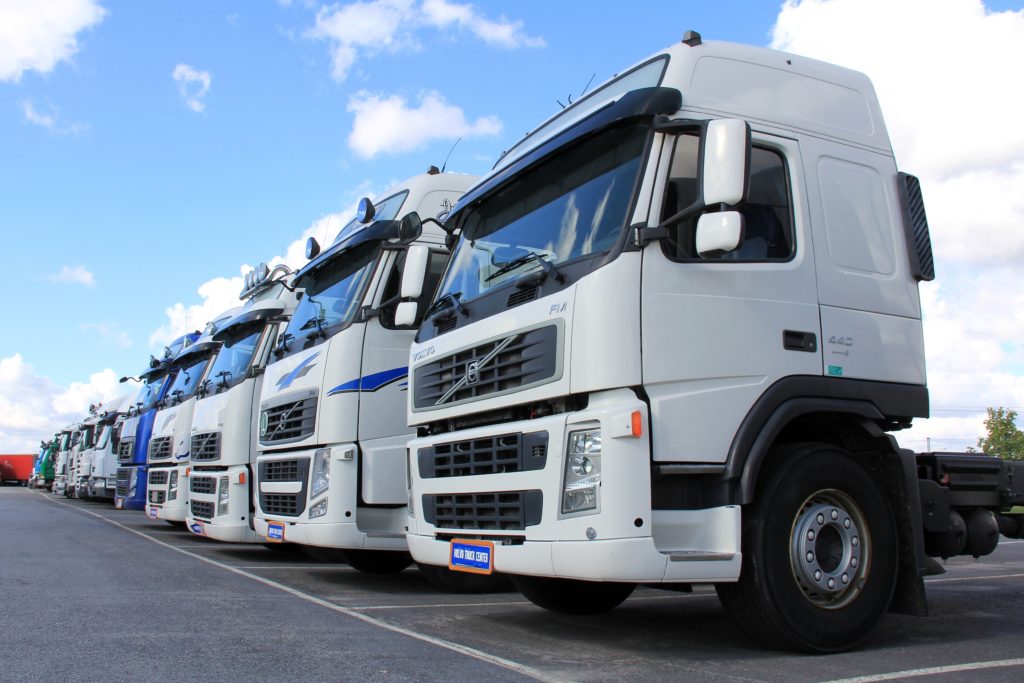Improving Fleet Safety with Technology in the UK
For fleet managers in the UK, enhancing the safety of your vehicles and drivers isn’t just good practice. With tighter regulatory demands and increasing public & insurance scrutiny, investing in safety‑technology is both a moral duty and a financial one.
In this blog we’ll look at a spectrum of technologies, from budget‑friendly options through to high‑end, all‑out installations, and show how each can play a part in reducing risk, improving driver behaviour and cutting incident costs.
Why Technology Matters for Fleet Safety
Before diving into the kit, it’s worth recapping why technology is making such an impact:
- A recent UK study found that for HGV fleets, 97% reported a reduction in safety incidents after installing video‑based safety systems like cameras + telematics.
- AI‑powered driver‑alerts (fatigue, distraction, collision risk) are increasingly viewed as key in fleet safety.
- Fleet safety isn’t just “after the crash” evidence, it’s shifting toward prevention: detecting risky behaviour, maintenance issues, and blind‑spots before things happen.
- Compliance matters: schemes such as FORS – Fleet Operator Recognition Scheme list specific vehicle safety technologies (e.g., CCTV, lighting) as part of their standards.
With that context, let’s dive into technology tiers.

Budget / Entry‑Level Options
These are the relatively affordable upgrades you can install across your fleet with modest investment, but which still deliver safety enhancements.
Dashcams
Forward‑facing dash‑cams give you video evidence of incidents, help defend against “cash for crash” fraud, and can also be used to monitor driver behaviour. For example, dash‑cams and mobile digital recording helps fleets significantly reduce liability and insurance costs.
Tip: Choose units that record date/time, GPS‑location, speed, and have decent wide‑angle coverage.
Magnetic Wireless Cameras
For vans and smaller vehicles, magnetic wireless cameras offer flexible installation (e.g., for attachment inside bodywork or temporarily for particular jobs). They can monitor loading, rear‑view, or blind‑spots without large wiring works.
Vehicle Maintenance Records / Tracker Apps
AIDA Fleet, a digital system to record vehicle inspections (tyres, brakes, lights, oil), plus an app for drivers to report issues before they escalate, is surprisingly high‑impact. Maintenance neglect is a common factor in fleet incidents.
Tracking apps (via GPS trackers) give you location, route history, speed and driver behaviour (harsh braking, acceleration) – useful for coaching drivers.
Safety Lighting / Red Safety Lighting
Even something as simple as improved lighting (LED strobe bars, red safety lighting at rear of vehicle when stationary on the roadside) reduces exposure to hazards.
Summary – Budget Tier Table
| Technology | Benefit |
| Dashcam (forward) | Evidence, driver behaviour monitoring |
| Magnetic wireless camera | Flexible monitoring of load/visibility/side‑blind spots |
| Tracker with driver app + maintenance records | Real‑time visibility + proactive maintenance |
| Safety lighting / red rear lights | Increased visibility, reduce roadside risk |
These are ‘low to moderate cost’ and suitable for most fleets looking to make immediate improvements.

Mid‑Tier / Integrated Technology
Once you’ve adopted the basics, you can begin integrating systems to deliver stronger safety performance.
360° Cameras & Live View Cameras
Cameras covering the full perimeter of vehicle (360 cameras) (front, sides, rear) give drivers and operators comprehensive visibility, reducing blind‑spots, improving manoeuvring safety, and capturing more incident data.
In the UK context, fleets have found that camera systems paired with telematics deliver major safety benefits.
MDVRs (Mobile Digital Video Recorders)
These record multiple camera feeds, can store large video libraries, and often support live‑streaming or remote‑viewing. Useful for heavier vehicles, HGVs, or multi‑camera setups.
Trackers with Apps + Telematics Integration
Advanced trackers with AIDA Fleet will not only show location but also integrate driver‑behaviour scoring (speeding, idling), geofencing, route deviation alerts, and dashboard/management apps.
ADAS / DMS (Driver Monitoring Systems)
Here you step up to systems detecting lane departure, forward‑collision warning, pedestrian detection, driver face‑monitoring (eyes off road, phone use). For example, research shows that for UK fleets “collision avoidance” systems (which sit inside ADAS) are seen as the most valuable safety tool.
Live View / Remote View & Cloud Analytics
With live‑view camera systems + cloud data upload you can monitor in real time, intervene immediately (e.g., via driver coaching), and use analytics to detect risk trends. The AIDA Fleet App offers this.
Summary – Mid‑Tier Table
| Technology | Benefit |
| 360° / perimeter camera systems | Eliminate blind‑spots, improve manoeuvring safety |
| MDVR (multi‑channel video recorder) | Centralised video capture, multi‑camera setups |
| Telematics tracker + driver‑app | Improved driver monitoring, geofencing, route oversight |
| ADAS / DMS | Active safety interventions (collision avoidance, driver alert) |
| Live‑view + cloud analytics | Real‑time oversight and deeper risk‑trend insights |
This mid‑tier set is appropriate for fleets with higher risk profiles (heavy vehicles, urban operations, vulnerable road user exposure) or those seeking competitive or regulatory edge.

High‑End / All‑Out Safety Tech Installation
For fleets that demand best‑in‑class safety, operate in high risk environments (urban HGVs, high value goods, vulnerable road user zones) or want to obtain premium insurance reduction, the top tier of technology is worthwhile.
Full Vehicle Safety Suites
These may include multi‑camera systems (front, side, rear), live streaming, AI‑based object detection (pedestrian, cyclist, scooter), driver behaviour monitoring (eyes on road, yawning, phone usage), fleet‑wide telematics with predictive analytics.
AIRBARs / DVS Kits / Progressive Safe System (PSS) Compliance
For example, for HGVs entering London under the Direct Vision Standard (DVS) or upcoming Progressive Safe System (PSS) rules, fleets must install enhancements such as sensor systems, pedestrian and cyclist detection, alarms etc. AIRBAR is a system used for pedestrian/cyclist safety when turning left, and for stationary vehicles to protect drivers roadside when attending to a vehicle or delivery.
Red Safety Lighting & Safety‑Critical External Alerts
Specialist external lighting for high‑visibility operations (night‑time, urban, roadside breakdowns) help reduce risk of collision when vehicles are stationary or loading/unloading.
Full Fleet Management & Driver Coaching
Connected systems where: telematics, video, AI analytics, maintenance records, driver‑performance coaching, compliance data are integrated. Data feeds dashboards for fleet‑managers and drivers receive training/coaching based on real data. According to research, fleets using this approach see driver recruitment/retention benefits and improved regulatory compliance. AIDA Fleet is an all in one system that covers all of these areas.
Summary – High‑End Table
| Technology | Benefit |
| Multi‑camera + AI object detection (pedestrians/cyclists) | Highest level of VRU protection & risk reduction |
| AIRBARs / DVS Compliance Kits | Meet regulatory requirements for HGVs, vulnerable‑road‑user close‑proximity mitigation |
| Specialist external safety lighting/bars | Protect vehicles during roadside operations or hazardous zones |
| Integrated fleet‑wide video/telematics/AI AIDA Fleet | Predictive safety, real‑time intervention, driver coaching & compliance |
This level of investment is best for fleets operating in high‑risk zones (urban, high foot‑traffic), heavy goods vehicles, high insurance cost categories, or where regulation mandates advanced safety tech.
Implementation Tips & Considerations for UK Fleets
Start with risk‑profile: Assess your fleet’s typical operations (urban vs rural, van vs HGV, vulnerable‑road‑user exposure, loading/unloading hazards) and prioritise technologies aligned with highest risk.
Phased rollout: You don’t need to install everything at once. A phased approach (budget → mid → high) allows you to scale in line with budget and results.
Driver buy‑in: Especially when installing driver‑monitoring or AI systems (e.g., eyes‑off‑road, phone usage), transparency is key. Show drivers how the tech helps them, not just monitors them.
Maintenance and data management: Technologies generate data, video, telematics, alerts. Someone needs to manage and act on it. Otherwise you’re just collecting footage.
Compliance and standards: Ensure any equipment meets UK standards.
Integration matters: The greater value often comes from systems talking to each other (e.g., telematics + cameras + maintenance records) rather than isolated installations.
Budgeting and ROI viewpoint: Safety tech isn’t purely cost—it’s risk mitigation. One prevented incident can save tens of thousands. The Fleet Safety Academy cites average claim costs around £2.9k, noting “one wing‑mirror knocked off … the system has already paid for itself”
Data protection & privacy: With video, driver monitoring and live tracking you must ensure compliance with UK data protection legislation (GDPR) and have clear policies.
Review & audit: Regularly review what tech is delivering for you (incident reduction, behaviour improvement, insurance savings) and adjust accordingly.

Example Roadmap for a UK Fleet
Year 1: Install forward‑facing dashcams across all vehicles; deploy a GPS tracker with driver‑behaviour and app; implement digital maintenance records and inspection app.
Year 2: Upgrade to 360° camera coverage or side‑cameras for vans/HGVs; install safety lighting upgrades; integrate telematics data into dashboards for driver coaching.
Year 3: For high‑risk vehicles, install full multi‑camera MDVR, AI‑based driver‑monitoring, ADAS collision‑avoidance systems, AIRBARs for HGVs in urban zones; link all systems into one fleet safety ecosystem.
Ongoing: Monitor incident/near‑miss data, use analytics to target driver training, replace older tech, and maintain compliance with evolving regulatory demands (e.g., DVS/PSS in London).
Improving fleet safety through technology in the UK is not just about “adding cameras” or “installing trackers”. It’s about building a layered, intelligent system:
- From basic dashcams and tracking apps,
- through integrated camera + telematics + driver‑monitoring,
- up to full‑suite safety systems for high‑risk fleets.
By aligning your investment with your actual risk profile, engaging your drivers, and committing to using the data (not just collecting it), you can significantly reduce incidents, improve driver wellbeing, meet compliance, and ultimately protect both your people and your bottom line. As research shows, fleets that adopt advanced safety tech are seeing real results in incident reduction and regulatory compliance.
For more information on any of AIDA Systems safety products please call 01302 989126 or email [email protected]